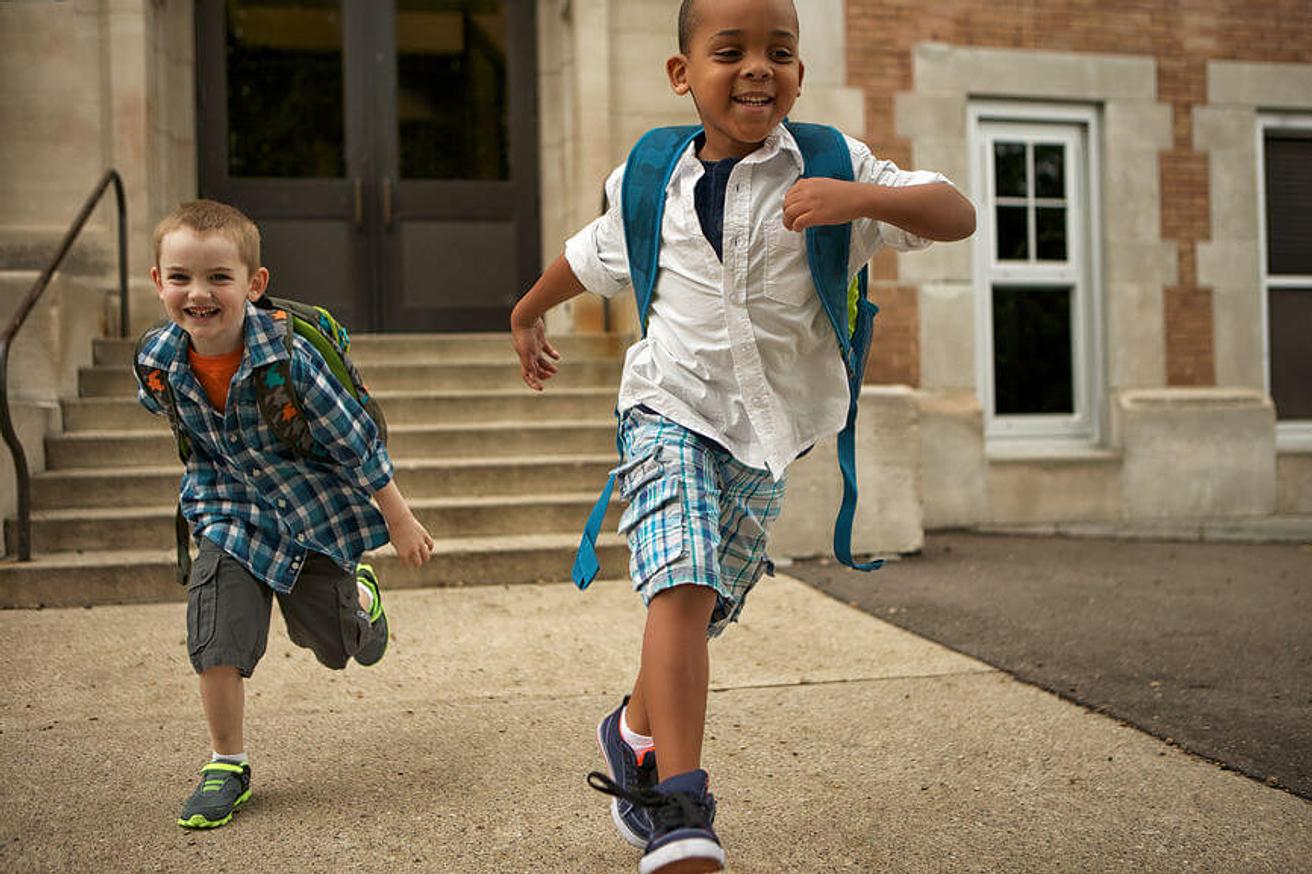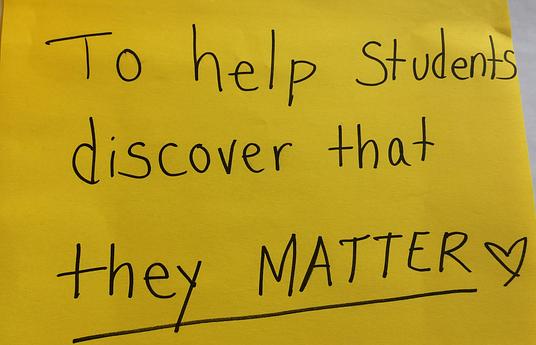Personalized learning puts children at the heart of learning. Rather than the homogenized, standardized approach that’s been adopted for the last century, personalization allows every child’s interests to be included in their education and makes sure no child is left behind as curriculums are tailored to a child’s present abilities.
Though this approach was simply an inspirational dream at the start of mass education, it’s becoming increasingly possible through the latest developments in education, particularly with the rise of technology and the internet providing children with the chance to teach themselves. But breaking down an embedded system is difficult to master, so let’s take a look at who’s managed to do this so far and the ways we can all create a more personalized education for the next generation.
Using Technology To Create A Personalized Curriculum
Until now it’s been near impossible for teachers to provide a personalized education as it hasn’t been feasible to provide each child with a lesson that’s right for their mastery level. However, developments in technology creates opportunities for teachers to allow every child to work on their area of need within a subject without holding other classmates back or forcing them to move on too quickly.
Maths Pathway is one example of how new technologies are creating this personalized approach today. Maths Pathway allows teachers to create a personalized approach for their students' maths lessons by using technology to deliver different lessons to different students. The teacher moves into a facilitator position whilst children use programmes to learn more about their area of need to overcome either the next obstacle in mathematics or to target an area that they haven’t truly grasped yet.
Not only does this approach help students to build a strong foundation of knowledge in mathematics, but it helps teachers to identify where students are struggling whilst there’s still time to help rather than only finding out in the end of the year’s examinations, by providing data on each child’s individual progress.
Find out more about Maths Pathway here.
A Personal Approach For The World’s Most Vulnerable Children
Technology can also help to reach the world’s most at-risk children who otherwise may not receive any form of education at all.
Onecourse focuses its efforts on making sure every child learns the basics of numeracy and literacy. In parts of Africa, large class sizes (sometimes over seventy) means that personalization is a pipe dream. Sharing the teacher and textbooks with so many other children makes it easy for children to fall behind and no teacher can deliver a personal approach in such overwhelming classrooms. But that doesn’t mean personalization can’t occur.
Onecourse’s pioneering software provides children with quality, personalized literacy and numeracy lessons. The programme is modular which allows children to move on at their own pace, making mastery learning the heart of the process. The Onecourse numeracy material is currently in fifty languages, ensuring that children learn in their own language and can focus on building their numeracy skills, and includes colorful and engaging activities, making learning a natural, fun and personalized process for every child, no matter their circumstance.
Find out more about Onecourse here.
Student-Led Learning Outside Of School Structures
For some, school simply isn’t an option. This certainly is the case in India, where schools haven't meaningfully changed for over a century, and the centrally designed model disconnects text-books from reality, especially in rural contexts. The internet, however, creates a unique learning opportunity for these children.
Project DEFY (Design Education For Yourself) understands the importance of imparting our students with the ability to adapt. They decided to take a look at education and the traditional concept of classrooms and rethink the design of education to enrich student learning. To facilitate this endeavor, Project DEFY set up Nooks (learning spaces) used by people who have access to a current school, however the schools are really poor in quality and design, and are irrelevant to the real lives of learners within rural communities. The initiative of introducing Nooks is applicable in many different contexts where learning envrionements do not meet the needs of the students. Project DEFY found that children were able to teach themselves anything they wanted to learn.
In this approach, children are able to follow their own curiosities, interests and passions without being inhibited by strict curriculums. It’s been astounding to see what children have been able to teach themselves, and then pass on these skills to others in their community. More than simply a way to bring education to those without an accessible education system, Project DEFY has become a new way of thinking about education and questions whether we really need schools as they currently exist at all.
Find out more about Project DEFY here.
Schools That Structure Themselves Around The Child
Of course, it’s not all about technology. Some schools are managing to adapt to be at the forefront of education pioneering a better, tailored and more personal approach to education. Big Picture Learning is one of those schools and is at the heart of personalized education.
Based in Rhode Island, USA, Big Picture Learning creates an educational system that caters to each child’s interests, talents and needs. To make this ideal version of education accessible, Big Picture Learning breaks up students into groups of fifteen called an ‘advisory’ with each group allocated a teacher as their ‘advisor’. The teacher builds a personal bond with their advisory members and remains with them for four years, helping them to figure out their passions and interests over this time and take concrete steps towards realizing them. Advisors also help their advisory to figure out how they best learn and understand their motivations to help them succeed at school.
A big part of the personalization process is providing the students with internships in their passion areas, to help children bridge the gap between school and adult life once they finish. In a time where industries are changing fast and job markets are competitive, it’s beneficial for young people to have this helping hand into the world of work and to start to understand how the industries they’re interested in work.
Find out more about Big Picture Learning here.






